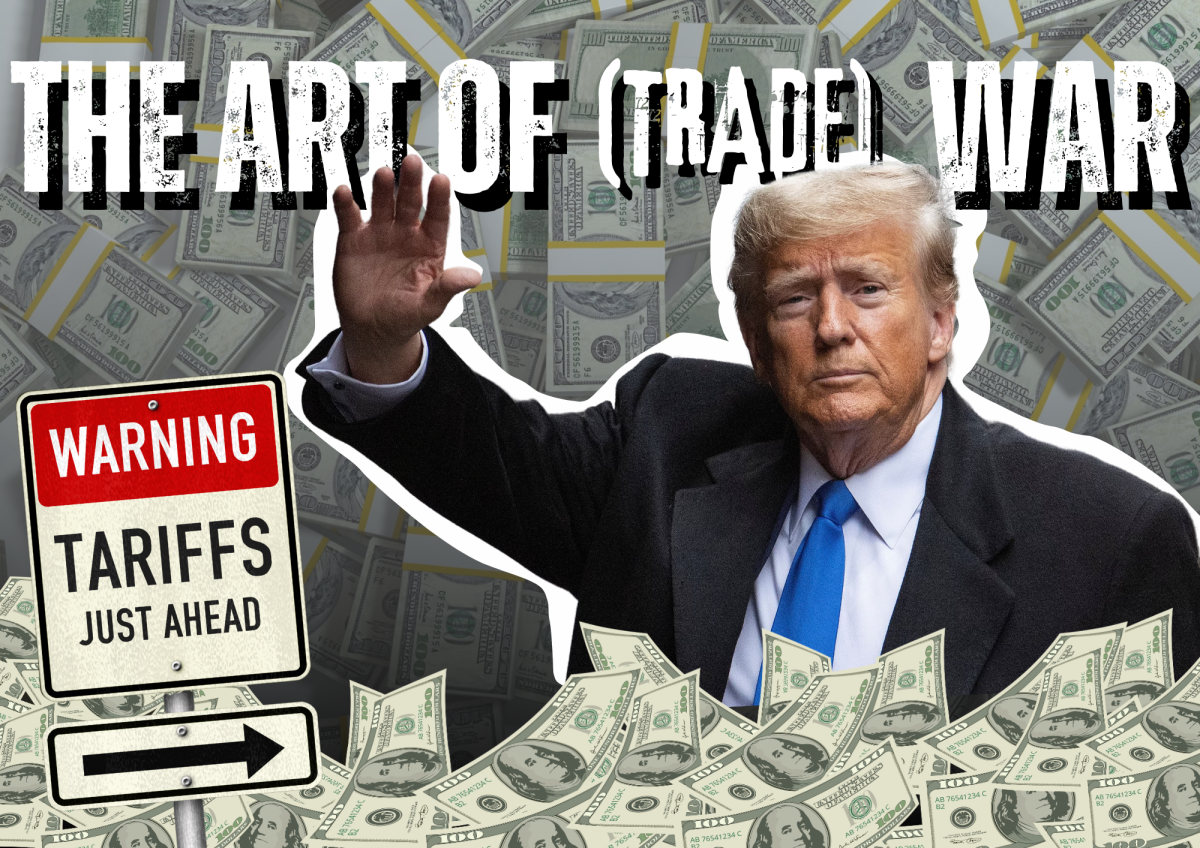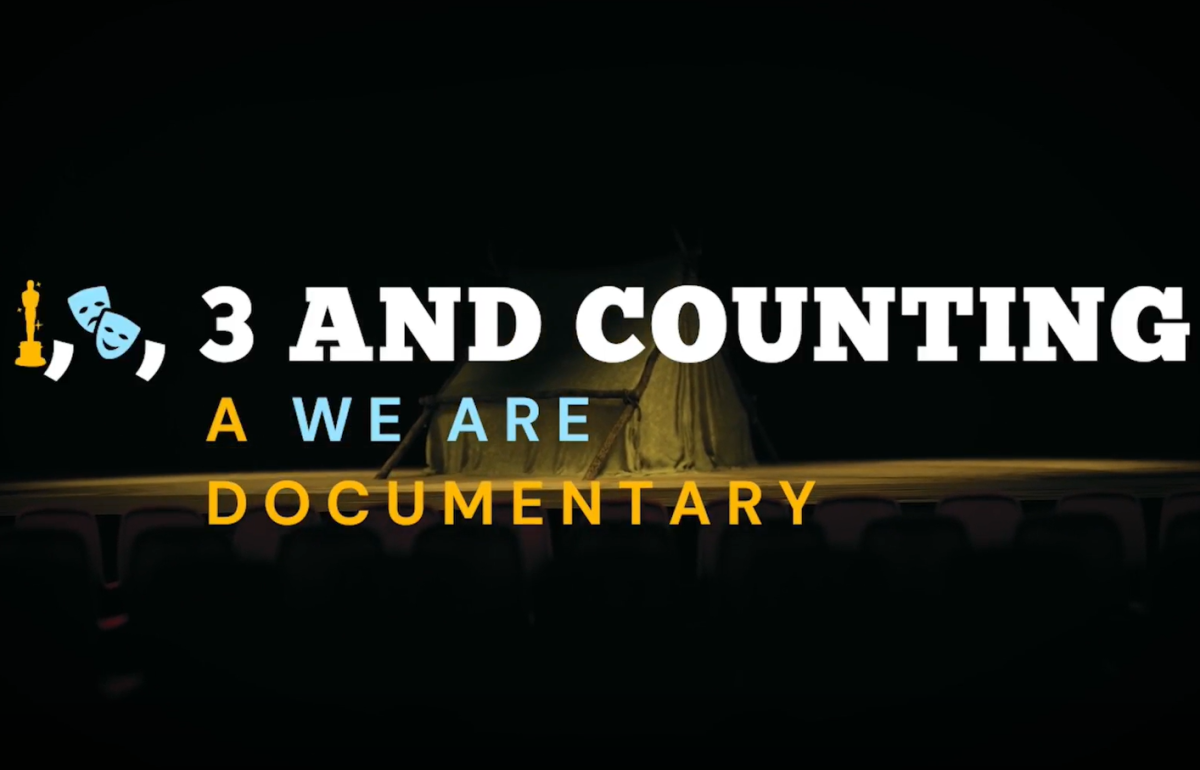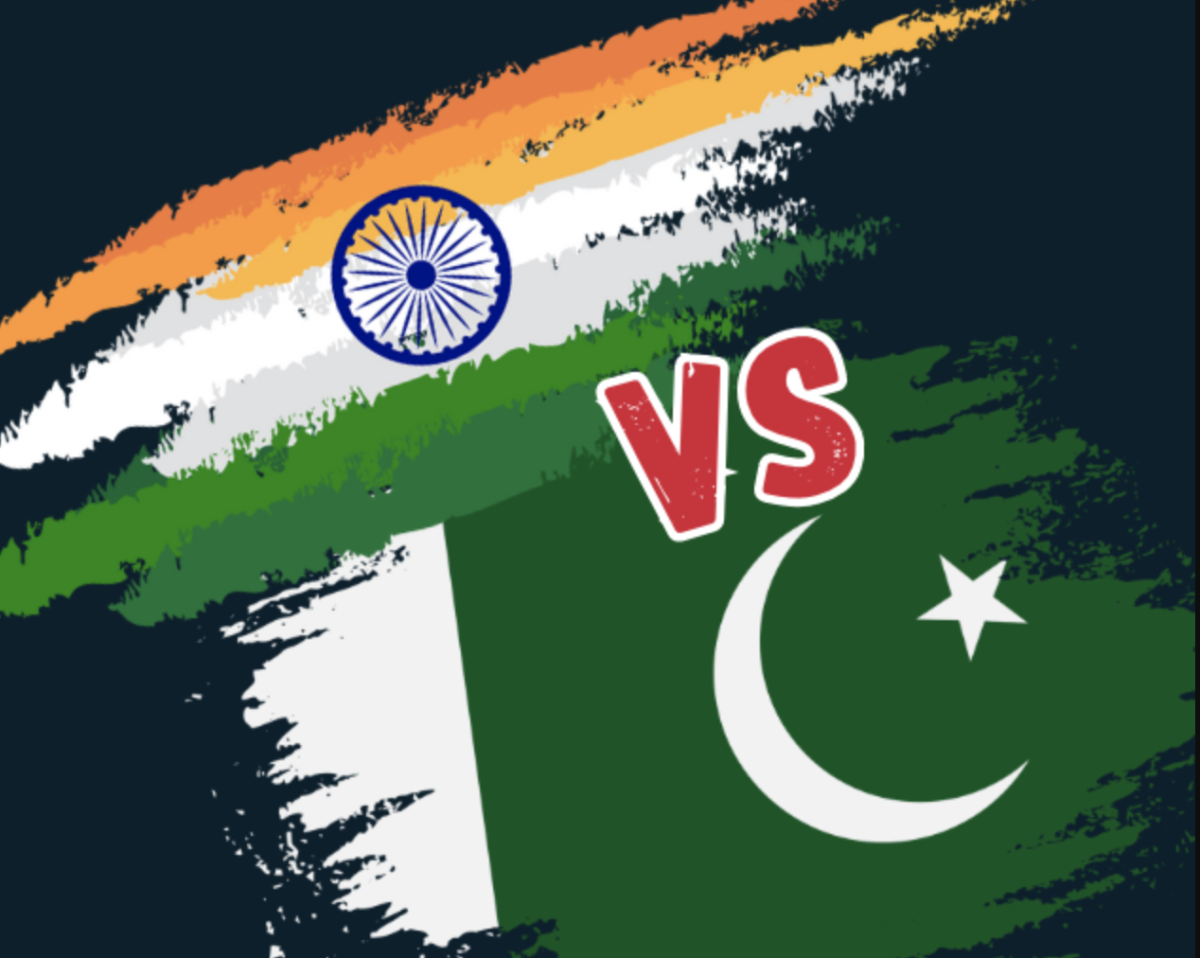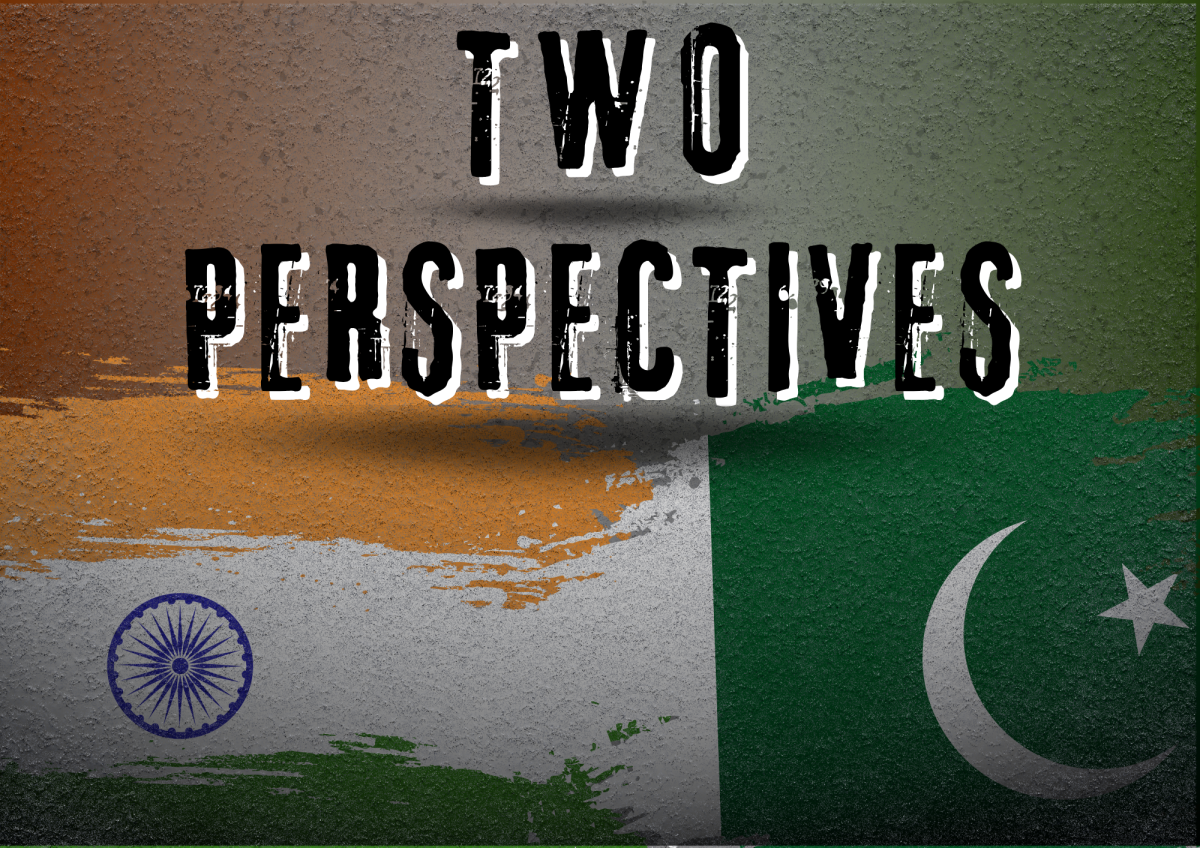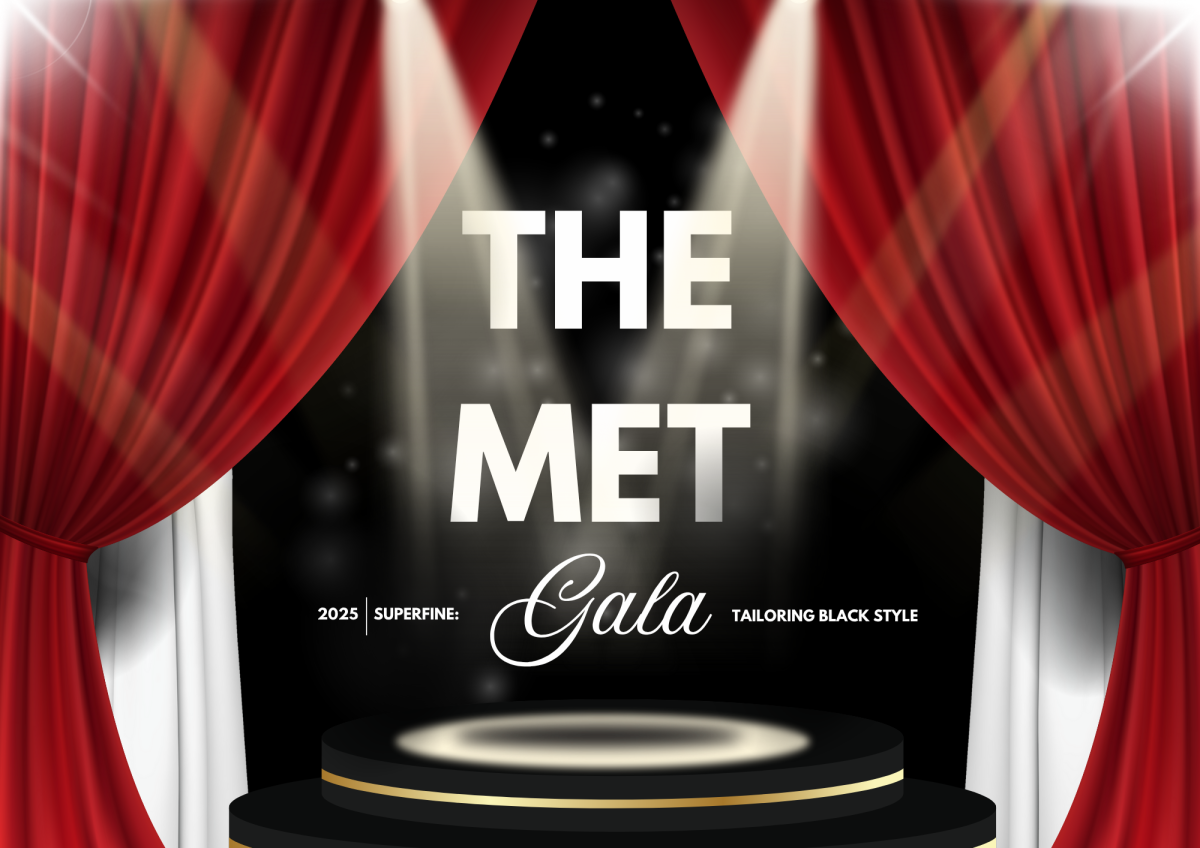When you buy a diamond engagement ring for your partner, it is the ultimate symbol of your love and dedication to your partner; or at least that is what the De Beers diamond cartel wants you to think. In reality, the modern culture of giving diamond rings is a result of the most successful marketing campaign in all of history.
Prior to the 20th century, diamond rings were seldom seen as a gift, only being exchanged by the wealthy upper class and nobles. The De Beers Diamond Consortium was founded in 1888 and rapidly acquired both the land where diamonds could be sourced as well as exclusive selling rights to diamonds, gaining so much control of the diamond industry that they owned 85% of the diamond market at the beginning of the 21st century, however after World War One during the Great Depression, they had a major problem, people didn’t want diamonds anymore, having the prices of diamonds drop drastically, leaving De Beers diamonds with a stockpile of near worthless product.
However the De Beers diamond Consortium had an idea, they saw the falling prices of diamonds and the market research that indicated engagement rings were becoming less popular amongst the youth and decided to create a major marketing campaign painting diamond rings as a symbol of your love and dedication to your partner, they begun this campaign in 1939 by spreading information about how to identify quality diamonds through the 4 c’s (cut, carats, colour, and clarity), this brought up the public’s perception and perceived value of diamonds, they then capitalised upon this improved perception in 1947 through their romance centric campaigns and slogans such as “a diamond is forever” and the “eternity ring”, painting the now so widely accepted picture that a diamond ring is THE symbol of commitment in marriage. This campaign was so successful that during its runtime between 1939 and 1979, Diamond sales in the U.S. soared from being worth 23$ million in 1939 to being worth 2.1 billion in 1979.
Whilst in recent years the De Beers diamond Consortium has had its monopoly on the diamond market greatly diminished (controlling only about 63% of the diamond market now ), the impact that their marketing has had on the diamond industry and our marriage traditions is still felt to this day.

